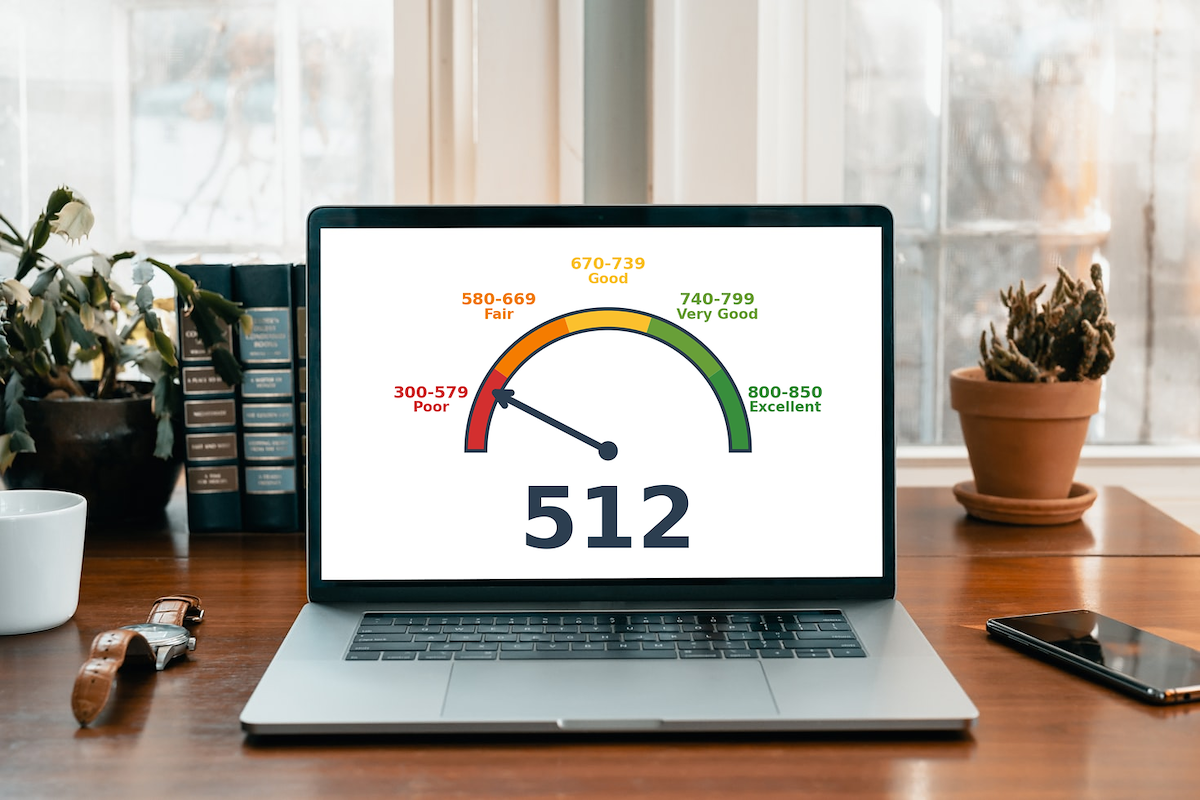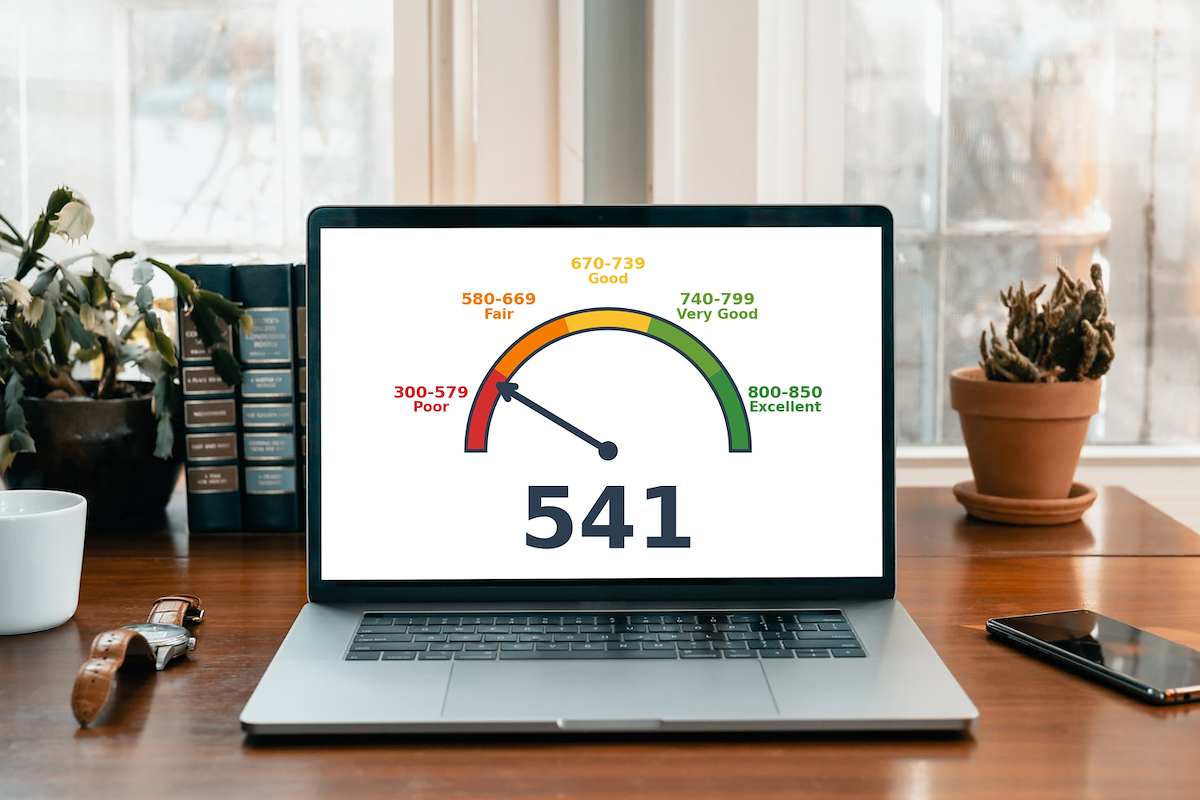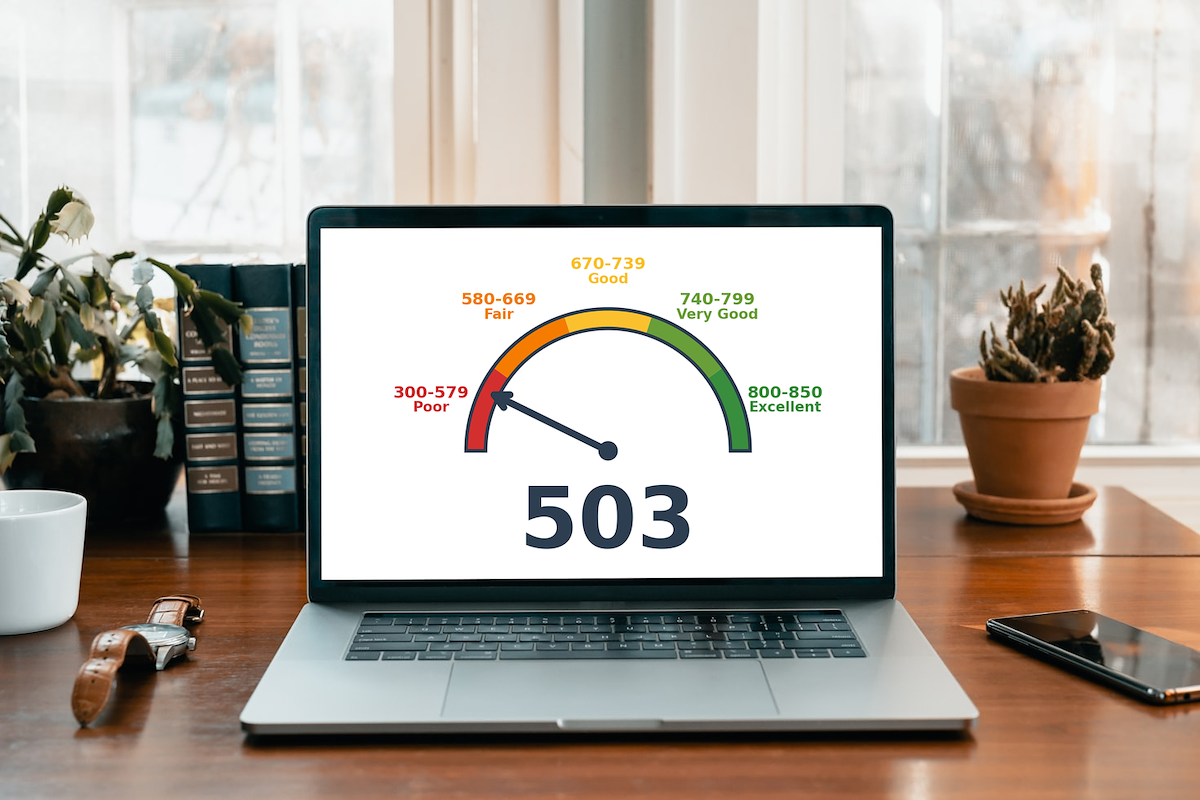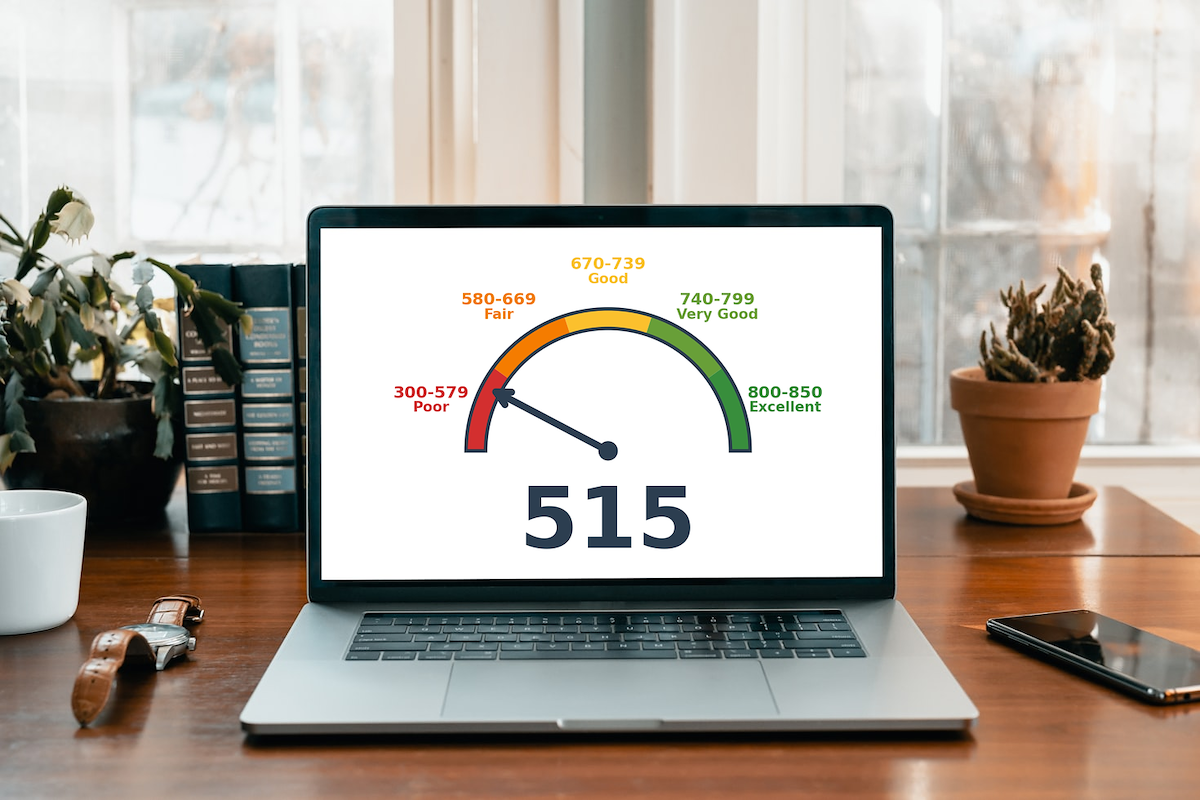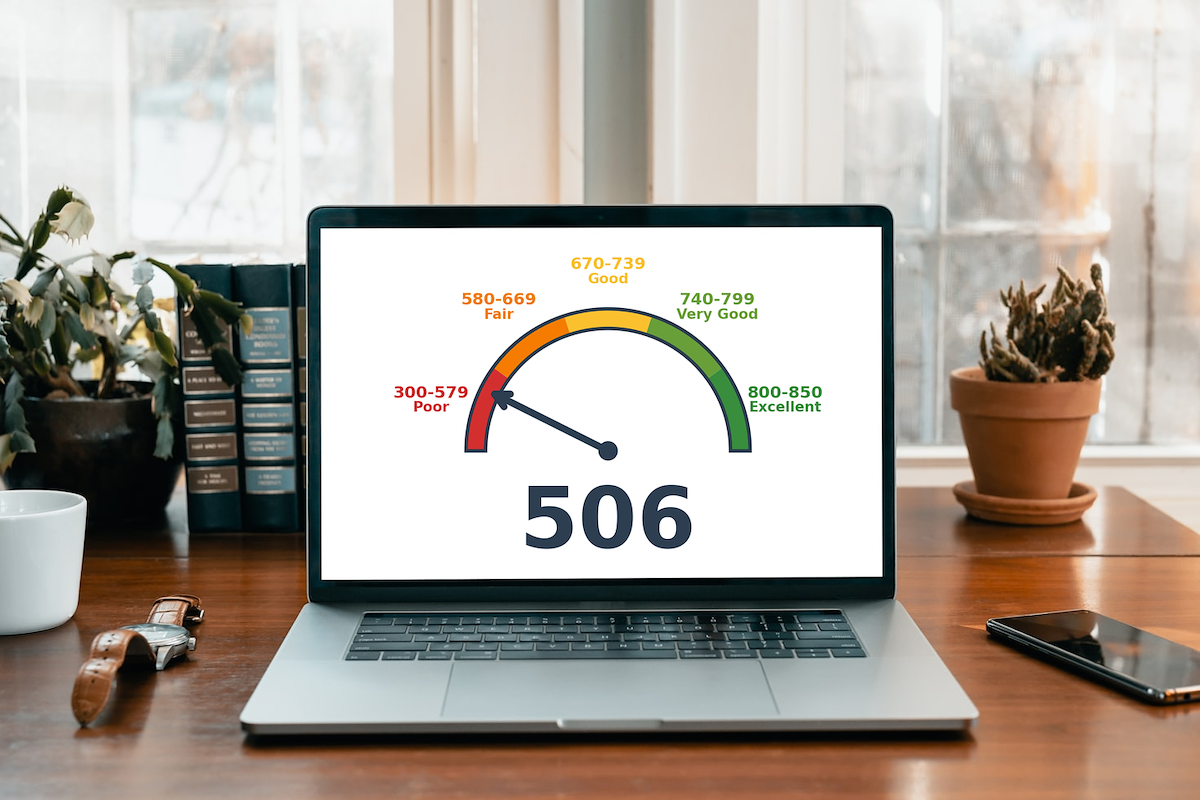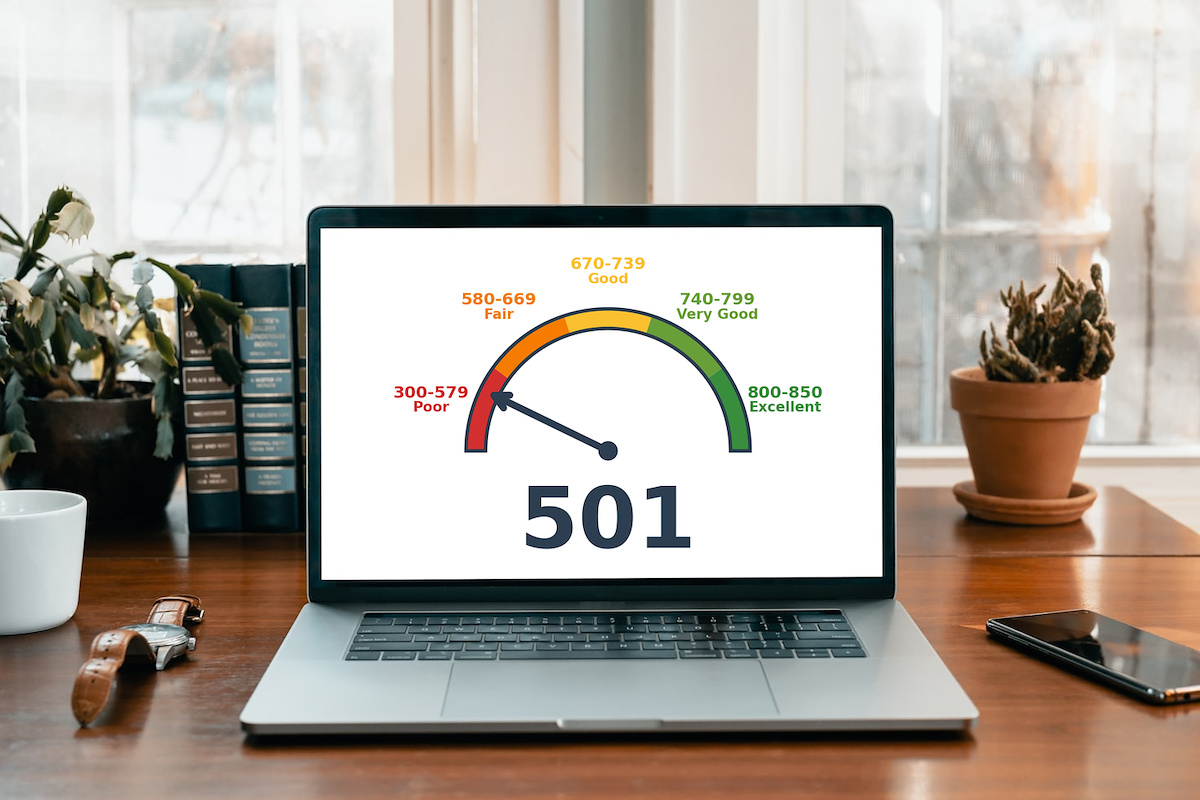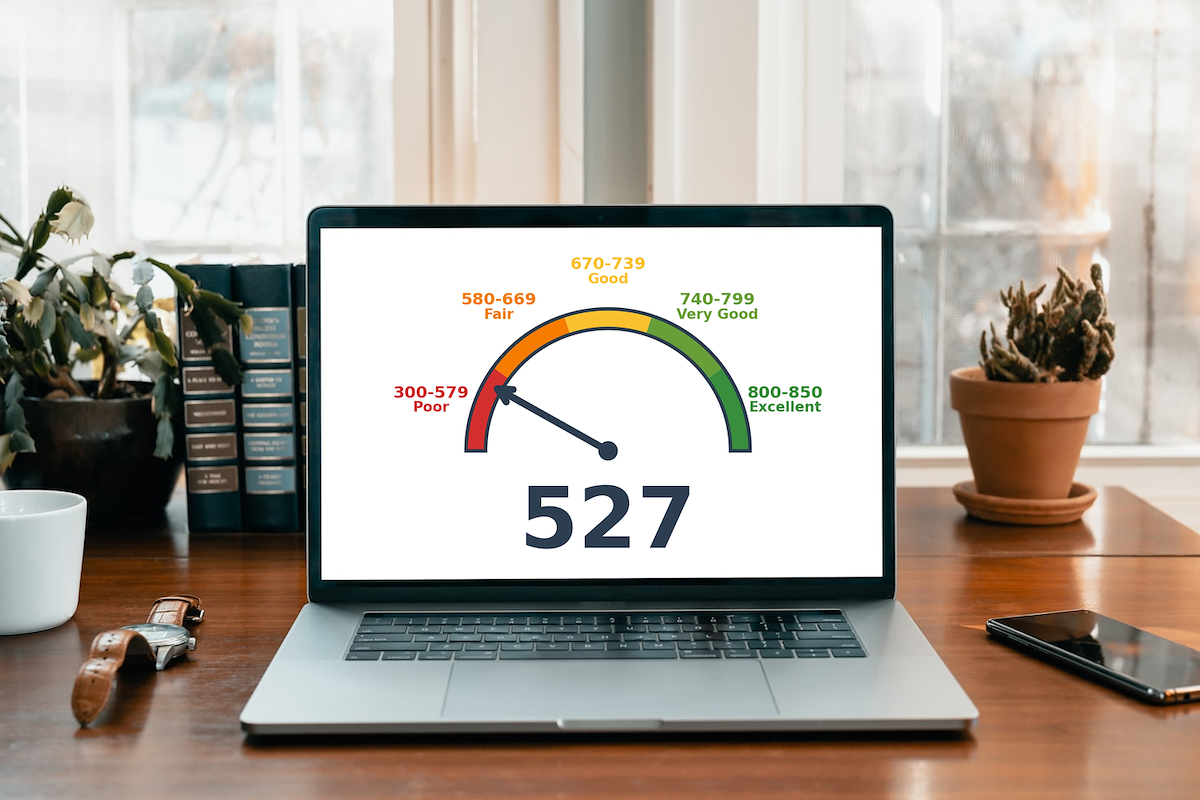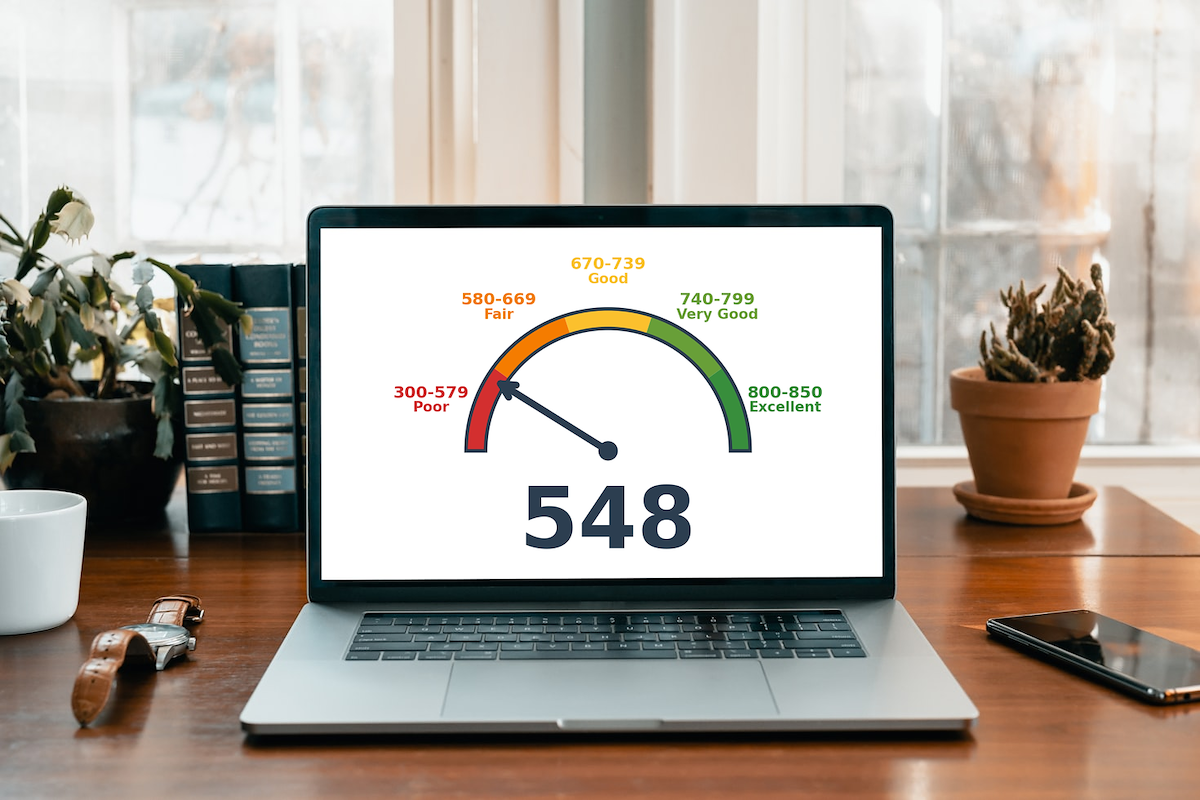
Kudos has partnered with CardRatings and Red Ventures for our coverage of credit card products. Kudos, CardRatings, and Red Ventures may receive a commission from card issuers. Kudos may receive commission from card issuers. Some of the card offers that appear on Kudos are from advertisers and may impact how and where card products appear on the site. Kudos tries to include as many card companies and offers as we are aware of, including offers from issuers that don't pay us, but we may not cover all card companies or all available card offers. You don't have to use our links, but we're grateful when you do!
517 Credit score: What You Need to Know in 2025
July 1, 2025


TL;DR
A 517 credit score is a starting point that provides a clear opportunity for building a stronger credit history. This score falls into the "Poor" FICO score category, signaling a significant potential for growth and access to more favorable financial products in the future.
What Does a 517 Credit Score Mean?
A FICO score of 517 is considered "poor," a range lenders view as high-risk. This can significantly impact your finances, often leading to rejections for new credit cards and loans. If you are approved, you'll likely face unfavorable terms like steep interest rates, making borrowing much more expensive. It can even create hurdles when trying to rent an apartment or sign up for some utility services, as it signals potential payment difficulties to landlords and providers.
While a 517 score presents hurdles, it is not a permanent state. View it as a clear snapshot of your current credit health and a baseline for improvement. Understanding the factors behind this score is the first step toward building a stronger financial future. With consistent effort, improving your credit and expanding your financial opportunities is an achievable goal.
Who Has a 517 Credit Score?
While age isn't a direct factor in credit scoring, there is a clear trend of scores increasing over time. According to 2023 data from Experian, the average credit scores by generation break down as follows:
- Generation Z (ages 18-26): 680
- Millennials (ages 27-42): 690
- Generation X (ages 43-58): 709
- Baby Boomers (ages 59-77): 745
- Silent Generation (ages 78+): 760
Credit Cards With a 517 Credit Score
A credit score of 517 falls into the 'poor' range, which can significantly challenge your ability to get approved for most traditional credit cards. Lenders view this score as high-risk, meaning you'll likely face rejections for unsecured cards that offer rewards or low-interest rates. However, this doesn't completely lock you out of the market, as you may still qualify for secured credit cards designed specifically for building or rebuilding credit.
Kudos can help you find the right credit card with its Explore Tool, which offers personalized recommendations based on your financial goals and preferences. By asking what you're looking for in a card, the tool sifts through thousands of options to find a suitable match, even if your main priority is rebuilding your credit.
Auto Loans and a 517 Credit Score
A 517 credit score places you in the subprime borrower category, which can make securing an auto loan challenging. While you may still qualify for a loan, lenders will likely offer you significantly higher interest rates compared to borrowers with better credit.
According to a 2025 analysis, here are the average rates broken down by credit score:
- Super-prime (781-850): 5.25% for new cars and 7.13% for used cars.
- Prime (661-780): 6.87% for new cars and 9.36% for used cars.
- Non-prime (601-660): 9.83% for new cars and 13.92% for used cars.
- Subprime (501-600): 13.18% for new cars and 18.86% for used cars.
- Deep subprime (300-500): 15.77% for new cars and 21.55% for used cars.
Mortgages at a 517 Credit Score
With a 517 credit score, your mortgage options are severely limited, but not entirely gone. You will not qualify for conventional or jumbo loans. Your most viable path is an FHA loan, which has minimum credit score requirements down to 500. However, for any score between 500 and 579, you must provide a down payment of at least 10%.
Beyond the higher down payment, a 517 score leads to less favorable loan terms. You can expect to face higher interest rates, increased fees, and a more rigorous underwriting process. Lenders will closely scrutinize your income stability and debt-to-income ratio to offset the risk associated with a lower credit score.
What's in a Credit Score?
Figuring out what goes into your credit score can feel like trying to solve a complex puzzle, but the number is generally derived from a few key factors in your financial history.
- Your payment history is the most significant factor, reflecting whether you pay your bills on time.
- Credit utilization measures how much of your available credit you are currently using.
- The length of your credit history considers the age of your oldest and newest accounts, as well as the average age of all your accounts.
- Your credit mix looks at the different types of credit you have, such as credit cards, mortgages, and installment loans.
- New credit inquiries and recently opened accounts can also temporarily impact your score.
How to Improve Your 517 Credit Score
A 517 credit score can feel discouraging, but it is always possible to improve your credit score with consistent, positive financial habits. Here are four actions you can take to start rebuilding your creditworthiness.
- Monitor your credit reports. A low score could be the result of errors or inaccuracies, and disputing them can provide a significant boost. Regularly checking your reports also allows you to track your progress as you work to build better credit.
- Set up automatic bill payments. Since payment history is the single most important factor in your credit score, automating payments guarantees you'll never miss a due date. This helps build the positive payment history needed to recover from a 517 score.
- Reduce your credit utilization. High balances on credit cards can drag your score down, so focus on keeping your utilization below 30%. Paying down debt directly addresses the second-most influential factor in your score calculation.
- Apply for a secured credit card. A 517 score makes it difficult to qualify for traditional credit, but a secured card is designed for this situation. By making a small deposit, you can build a positive payment history and prove your creditworthiness to lenders over time.
For help making smarter credit decisions and maximizing rewards as you rebuild, the Kudos browser extension can guide you.

Supercharge Your Credit Cards
Experience smarter spending with Kudos and unlock more from your credit cards. Earn $20.00 when you sign up for Kudos with "GET20" and make an eligible Kudos Boost purchase.
Editorial Disclosure: Opinions expressed here are those of Kudos alone, not those of any bank, credit card issuer, hotel, airline, or other entity. This content has not been reviewed, approved or otherwise endorsed by any of the entities included within the post.


















